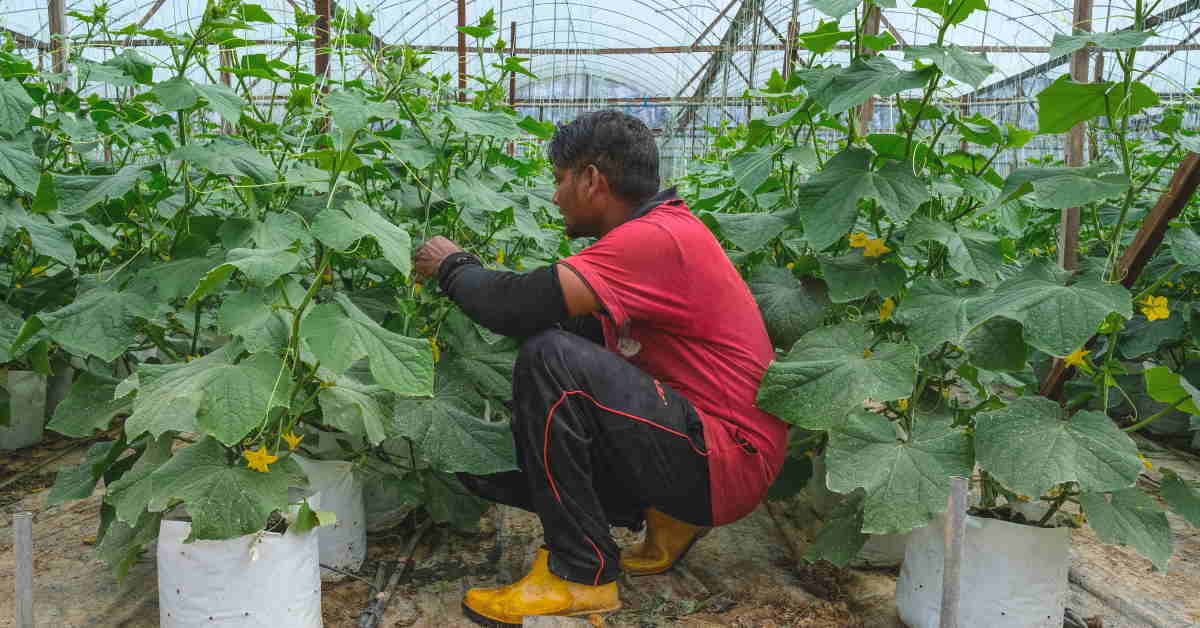COVID-19 has disrupted labour markets around the world, causing a global manpower shortage. Lockdowns in the early months of the pandemic triggered an exodus of millions of rural migrant workers from booming megacities like New Delhi and Dhaka. In the Global North, the United Kingdom (UK) has experienced the largest decline in its foreign-born labour force since World War II.
Countries in the Association of Southeast Asian Nations (ASEAN) also have been affected: Vietnam’s labour shortage recently worsened after the easing of travel restrictions in Ho Chi Minh City led to a large outflow of migrant workers. Moreover, some high-income countries are trying to lure back foreign workers from emerging Asia as part of their national recovery plans, creating new challenges for the global governance of labour migration.
In particular, ASEAN economies like Singapore and Malaysia that have large migrant labour flows now face a tricky choice: should they curb outward migration or encourage greater labour mobility?
This dilemma has come to the fore in Malaysia following the Australian government’s recent announcement of a visa scheme for ASEAN agricultural workers. Under this program – a response to Australia’s own shortage of farm labour – employers will sponsor farm workers from ASEAN countries, subject to a formal employment contract that complies with specified standards and obligations.
In contrast to Australia’s earlier Seasonal Worker Programme, the new initiative allows Australian farms to employ skilled, semi-skilled, and unskilled ASEAN farm workers on a longer-term basis. The first cohort is expected to arrive in Australia next month and in March 2022.
But Malaysia’s recently elected government initially ruled out the country’s participation in the Australian scheme, causing an uproar in the local media. After opposition MPs demanded that the decision be reversed, the senior human resources minister issued a statement saying that the government has no plans to restrict overseas migration by Malaysians for employment purposes.
The government’s initial opposition to Australia’s visa program reflected at least three considerations. First, policymakers fear a large-scale brain drain. An estimated two million Malaysians currently are living abroad, many of them in neighbouring Singapore. And because the Australian program offers a possible route for ASEAN nationals to secure permanent residency and citizenship, the government is worried about losing key agricultural workers.
Second, political pressure to reduce the country’s dependence on foreign unskilled labour has increased significantly as a result of the COVID-19 pandemic, and the Australian scheme competes with the Malaysian government’s plans to replace foreign plantation workers with local labour.
Lastly, Malaysia’s farmers are aging rapidly, creating an agricultural workforce crisis similar to that in Australia, but young Malaysians are reluctant to work in the sector owing to its unattractive pay and conditions. Whether developing countries like Malaysia benefit or lose out from labour migration to advanced economies depends on the institutional arrangements governing labour mobility.
Work-related migration from ASEAN countries to Australia is not a new phenomenon. But in the past, many migrant workers – especially from Malaysia – lived in the country illegally, making them vulnerable to exploitation and abuse by employers.
Australian’s new program will ensure that foreign nationals have full labour rights and access to social-protection provisions. Malaysian MP William Leong therefore warned that the government’s opposition to the scheme would leave Malaysians working in slave-like conditions in Australia.
For ASEAN source countries, the Australian program will also increase the potential for brain gain, provided that it contains the right mechanisms to ensure reverse migration. Building a critical mass of Malaysian farmers with overseas experience and technological know-how in areas such as precision agriculture can be crucial to ongoing efforts to boost productivity in the country’s farm sector.
The Malaysian government’s recent flip-flop on migration-control policy also highlights a deeper structural challenge: the lack of a political consensus regarding the country’s own large population of migrant workers. Malaysia is a major destination for migrants in Southeast Asia, and millions of undocumented foreign workers are allegedly in the country.
Yet, soon after declaring its opposition to the Australian visa scheme, the government announced that thousands of low-skilled workers from Indonesia and Bangladesh would soon arrive in Malaysia to take up plantation jobs. Senior officials justified the decision on the grounds that Malaysians are unwilling to enter the sector because of its unfavourable working conditions.
The United States (US) government late last year banned imports from Malaysia’s Sime Darby Plantation, one of the world’s largest palm-oil producers, citing concerns about the use of forced labour.
Malaysian policymakers therefore need to shift from short-term coercive measures such as migration controls to long-term remedies for the country’s poor labour standards and low agricultural productivity.
Globally, cross-country differences in wages and working conditions remain the two most reliable predictors of international migration. Average wages in Malaysia are relatively low and declined by nearly 10 percent in 2020 as a result of the COVID-19 crisis. Most of the country’s farmers are in the bottom 40 percent of the income distribution, and many are living in poverty.
Moreover, a significant share of employers are not complying with the country’s minimum-wage legislation. Scaling up technology adoption in agriculture should be another long-term priority. Taiwan’s early investment in precision agriculture, for example, reduced its farm sector’s dependence on labour. While the introduction of commercial drones by some of Malaysia’s palm oil plantations has already yielded positive results, adoption of such technologies is far from universal.
Addressing these wage and productivity issues will go a long way toward stemming Malaysia’s brain drain and encouraging skilled Malaysians working overseas to return home. Malaysia has just taken up a seat on the United Nations (UN) Human Rights Council. Instead of curbing citizens’ freedom to work abroad, the government should focus on improving labour standards at home.

